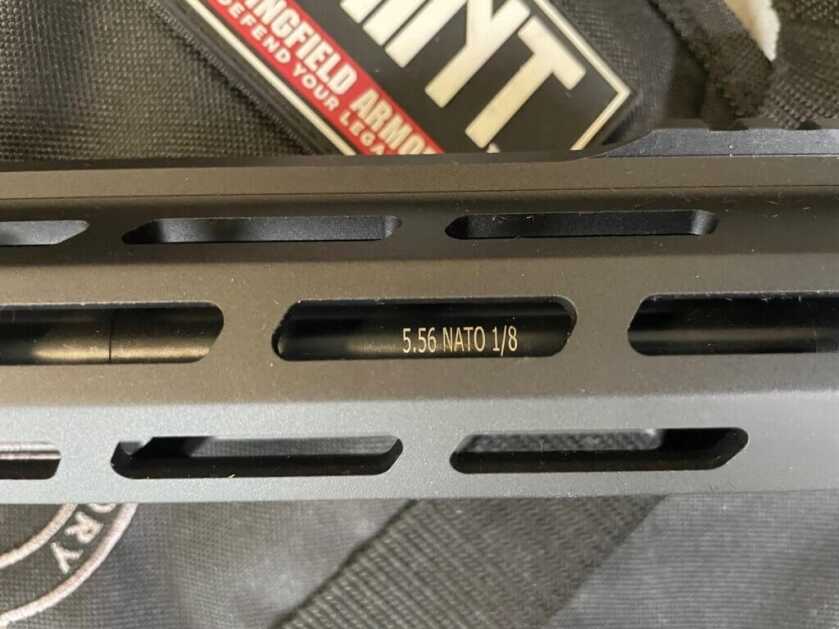
Estimated reading time: 6 minutes
The most common twist rate in AR15 rifles currently manufactured and chambered in 5.56/.223 is a 1:8 twist rate. This means the bullet makes one complete rotation in eight inches. So if you have a 16-inch barrel the bullet will rotate twice before exiting the barrel. You might be thinking what does it matter if my AR has a 1:8 twist rate? Why does the twist rate matter? Twist rate and bullet work together to provide either stellar accuracy or they clash and accuracy is—well there is no accuracy. Knowing your twist rate can help you decide what bullet weight is best suited for your rifle. So what’s the best bullet weight to use with a 1:8 twist rate? The simple answer is nearly all 5.56/.223 bullet weights.
Table of contents
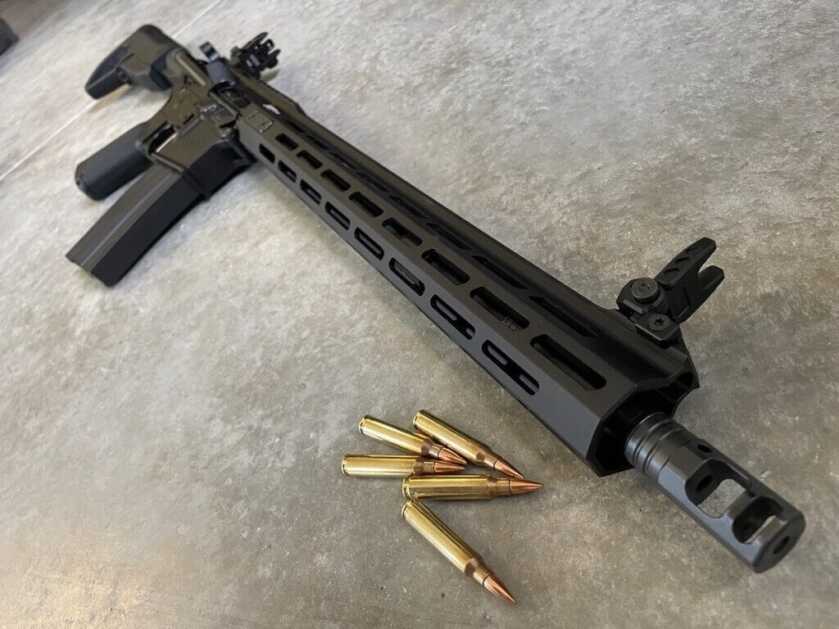
Why Is Barrel Twist Rate Important?
The rifling in your barrel is designed to spin and stabilize the bullet before it leaves the barrel. If a bullet spins too slowly it won’t stabilize nor achieve maximum velocity and it will tumble. This tumbling is called yaw and it degrades accuracy. The bullet can hit the target sideways and punch a profile outline of the bullet in the target instead of hitting the target at the tip and cutting a clean circular hole. If the bullet rotates too fast it is over-stabilized and can break up in flight with the result being poor accuracy and no stopping power. Twist rate is important to ensure the bullet you are shooting will achieve maximum velocity and stabilize to perform whatever the bullet’s job—hunting, plinking, competition shooting, or defense.
How To Chose AR15 Bullet Weights
As you know 5.56/.223 ammo comes in a variety of bullet weights which is measured in grains. There is a huge a number of choices. Some of the most popular 5.56/.223 bullet weights are 55-, 62-, and 77-grain bullets. There are other bullet weights: 50-, 60-, 70-grains and more. The rule of thumb is to match your bullet to the intended purpose. Do you need a bullet for self-defense? A 55- or 62-grain bullet will work. Are you hunting coyotes and need long-range accuracy? Try a 70-grain bullet. You understand the equation that bullet weight and twist rate must be matched up with the intended purpose for optimal results. That doesn’t mean you can’t shoot certain-weight bullets through an AR. It is perfectly safe to shoot them, but you might not hit a target past 100 yards if the twist rate and bullet weight are not compatible.
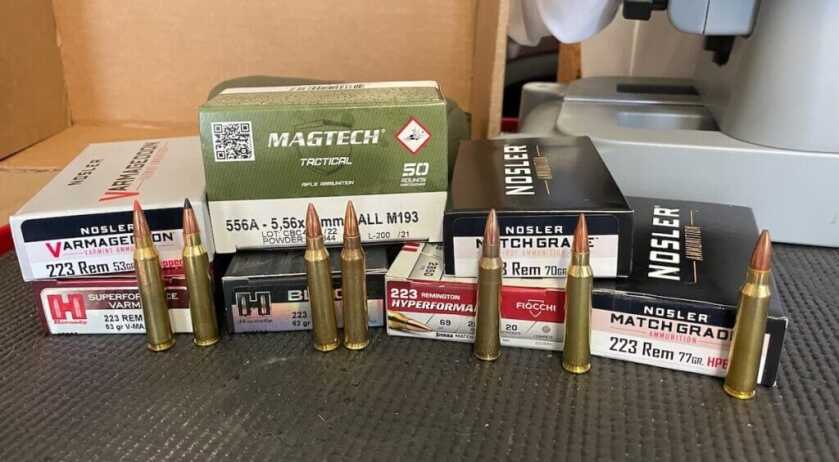
Best Do All AR Rifling: 1:8 Twist Rate
AR15 manufacturers have realized that some shooters don’t care about, ignore, or just don’t understand the importance of bullet weight and barrel twist rate. Many of us, especially with low supplies of ammo on the shelves, purchase whatever ammo is available and sometimes it is accurate and sometimes it is not. With a 1:8 twist rate, you can feed a broad spectrum of bullet weights and not give your AR heartburn and shoot patterns rather than groups. A 1:8 twist rate is a general-purpose, do-all twist rate. That’s why AR manufacturers use it in their rifles. It is versatile and can pretty much shoot bullets from 40-grain bullets up to 85-grain bullets with good accuracy. The optimal bullet weight range for a 1:8 twist rate is 62-grain to 77-grain bullets. Bullets in this range will provide optimal accuracy.

Early M16 Twist Rate
When the M16 was being developed, bullet weight was 45- to 52-grains and it was paired with a 1:14 twist rate. The slow twist rate was perfect for the lightweight bullets and as the Army changed design requirements, a 1:12-inch twist rate was used which absolutely loves 55-grain bullets especially when fired from a 20-inch barrel. If you are building a retro M16 with the mil-spec 20-inch barrel, to be true it should have a 1:12 twist rate. The problem with the 1:12 twist is it can’t stabilize heavier bullets. Heavy bullets through a 1:12 barrel will yaw and accuracy at 100 yards will be dismal.
Common AR15 Barrel Twist Rates
The 1:8 is the most versatile and most common, but you will find barrels with 1:7 and 1:9 twist rates. A 1:7 twist rate is best suited for heavier bullet weights. The U.S. military uses a 1:7 twist in M16A2 rifles and a 62-grain bullet, and in the M16A4 and M4 which can stabilize bullets up to 90 grains. If you run 55-grain bullets through a 1:7 you will see accuracy and performance deteriorate because the barrel over-stabilizes the bullet.
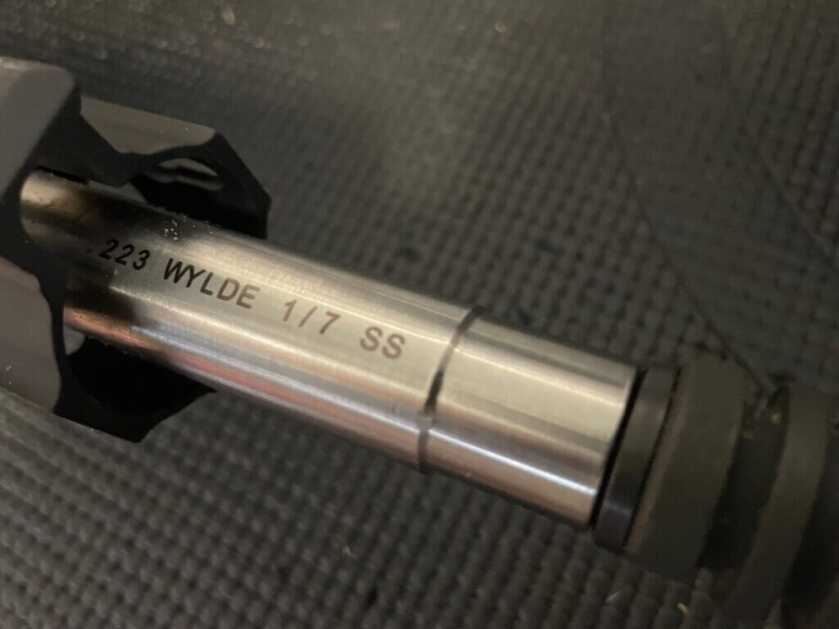
The bullet weight sweet spot for a 1:9 twist is 40 to 62 grains, but it is fine for bullets 62 to 77 grains. The 1:9 is a good compromise twist rate if you shoot light to mid-weight bullets in the 45 to 77-grain range.
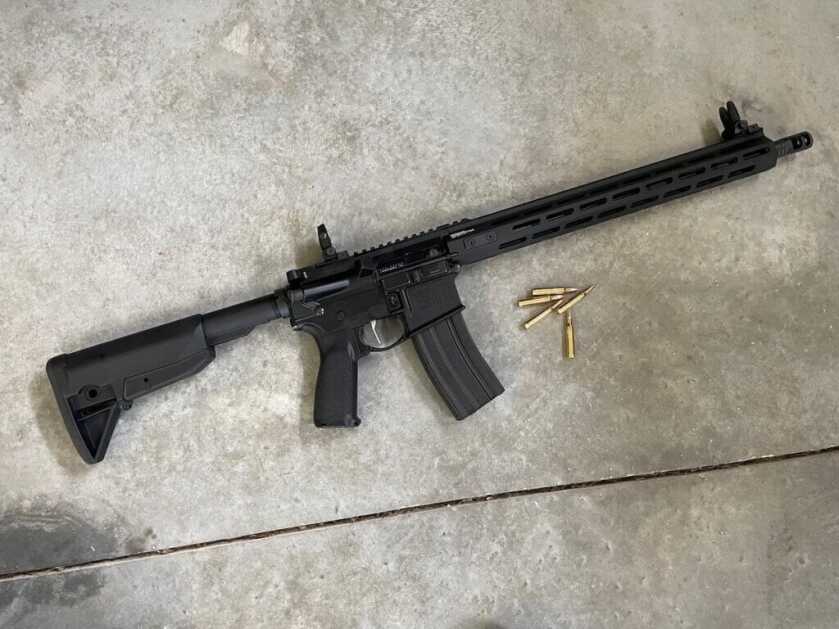
There is no perfect twist rate nor bullet weight, but just knowing what weight bullets work best in what barrel twist will give you optimum performance out of your AR.
*** Buy and Sell on GunsAmerica! ***

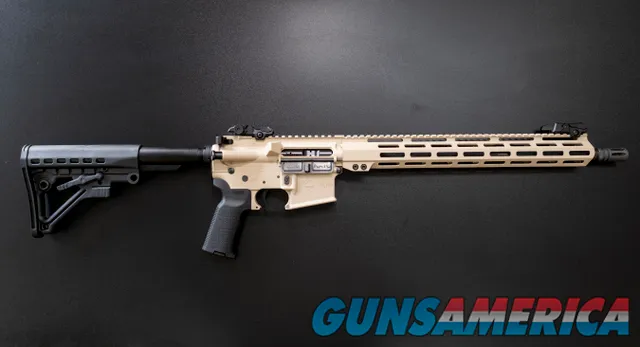
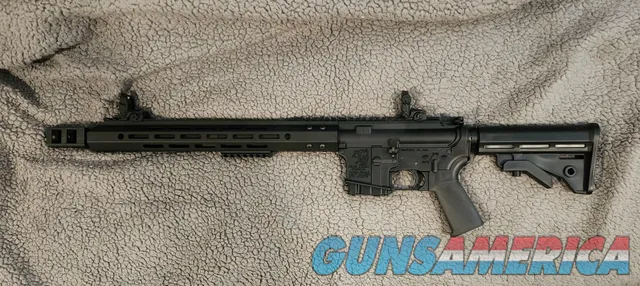
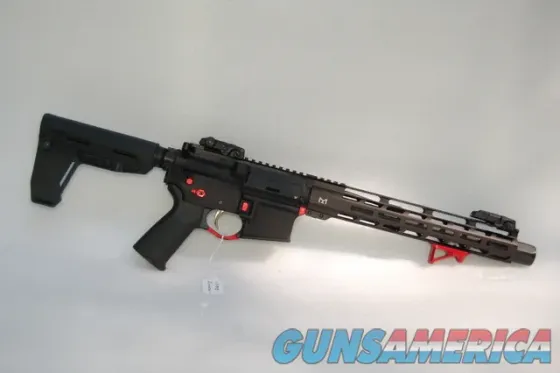
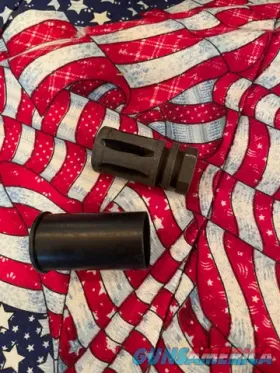
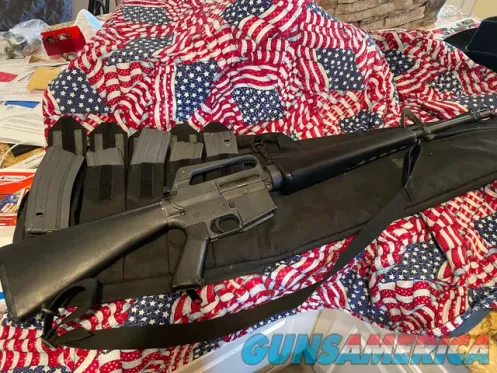

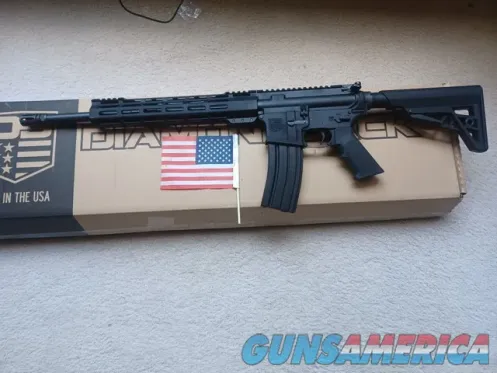
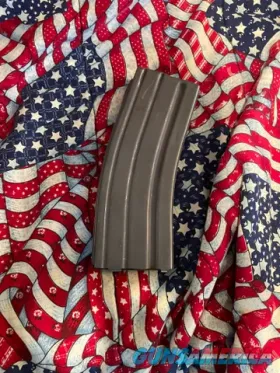
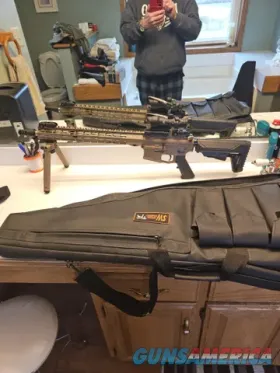
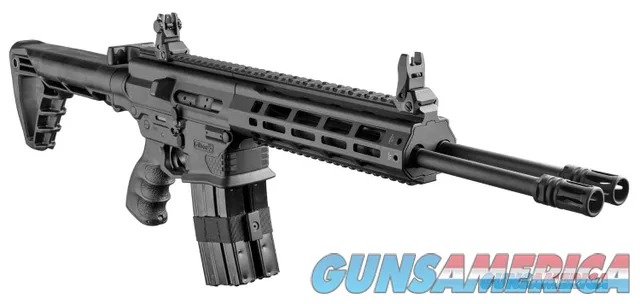

It is with picatinny rail. I like the rifle with picatinny. Because I have an LPVO scope can match picatinny. It helped me a lot in hunting. If you need, I can recommend you. https://www.cvlife.com/products/cvlife-1-6×24-lpvo-scope-with-cantilever-mount
I have a BCM upper with a medium profile 16” barrel in 1/8 twist. This barrel loves SMK 69gr. I’ve made consistent hits out to snd incline 1000yds in calm conditions!